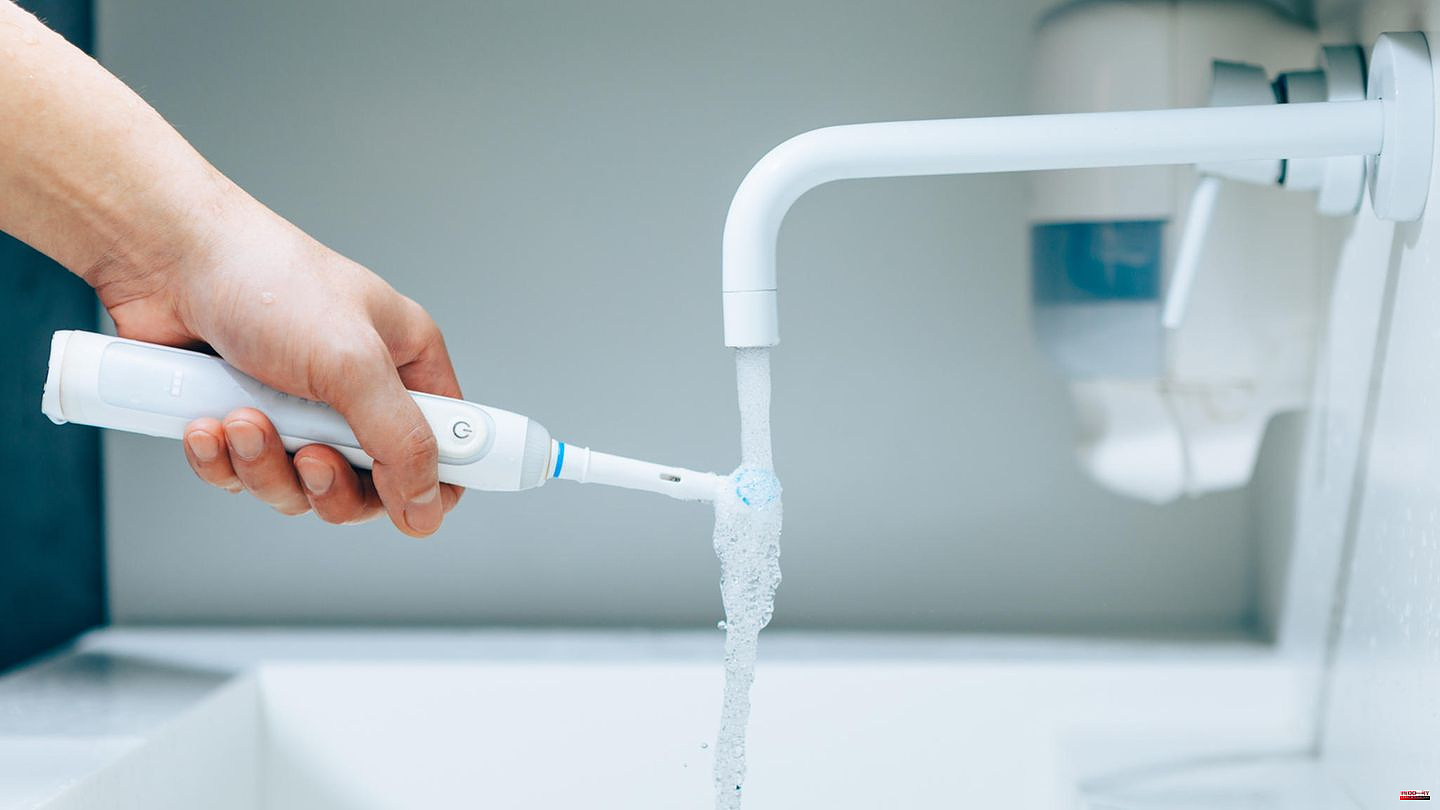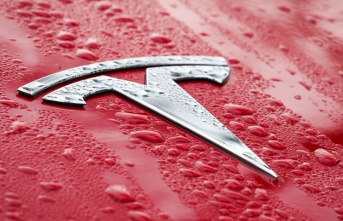Over time, daily contact with water, saliva and toothpaste builds up residue (around a million microorganisms per brush head) on every electric toothbrush - not just on the brush head, but also on the handle and charging station. However, at the latest when the device starts to smell unpleasant, the teeth are no longer cleaned properly or the gums become inflamed due to the spread of germs, it is time to clean the brush. This article will explain how this works best and which tips can be used to maintain general hygiene for as long as possible.
It is recommended to always replace a brush head after three months. However, if the fine bristles are already badly bent or worn, the cleaning effect (especially in the gaps) decreases continuously - and the risk of inflamed gums increases. In this case, you should change the brushes earlier. As far as your daily routine is concerned, you should clean your head thoroughly under running water after each use. It is then recommended to dry the bristles roughly by shaking or tapping. The more moisture that remains in the brush head, the more germs or bacteria can multiply there.
Cleaning tips: A tried and tested trick for disinfecting the brush attachment of an electric toothbrush is to use an antibacterial mouthwash. Fill a jar with enough to completely submerge the brush head and let it sit for at least 30 minutes. Alternatively, there are also special UV cleaning stations for brush heads, for example from Philips - the device is said to kill up to 99 percent of bacteria and germs without chemicals, according to the manufacturer.
It's not just the brush head that should be cleaned after brushing your teeth: the handpiece also needs to be freed of saliva and toothpaste residue - ideally under running water. Then dry the housing with a clean towel. But what if the first limescale deposits become noticeable on the handpiece? In this case, you can use a tried and tested home remedy: vinegar. Mix a few squirts of it with warm water. Then take a clean cloth, moisten it with the vinegar mixture and use it to clean the calcified areas. The handpiece is then washed again under running water. If stubborn deposits can no longer be removed, you can use an ultrasonic device to clean the electric toothbrush. Because all models are waterproof, otherwise you couldn't safely hold them under running water.
Important: Over time, dirt and limescale residues also become noticeable on the charging station of an electric toothbrush. Depending on how stubborn they are, they can be removed with a damp cloth (and a little vinegar if necessary).
Savings tip: With a voucher from Otto you can currently save up to 100 euros on various household goods from the online shop.
Regardless of whether you use a manual or electric toothbrush: When you travel, it is important to protect the brush head from dust and dirt - an ideal breeding ground for bacteria. Depending on the model you have, there are special protective covers or travel cases from the manufacturer. Or you can use a standard toothbrush container. It is also advisable to always place the toothbrush in such a way that the brush head can air dry. If you don't have a toothbrush cup on hand, there are also toothbrush holders that can be attached to the wall.
One last important note: Never clean an electric toothbrush in the dishwasher as the high temperatures would cause major damage.
Sources: Utopia, Oral-B, Philips, Ökotest
This article contains so-called affiliate links. Further information are available here.












